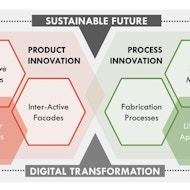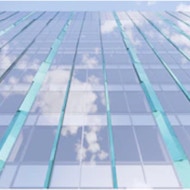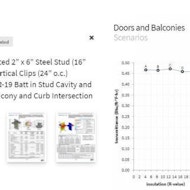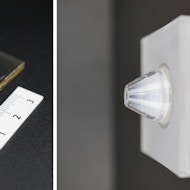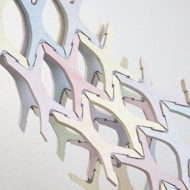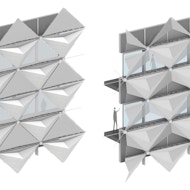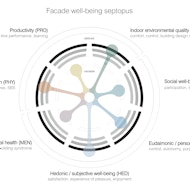Facade Tectonics SKINSSKINS: December 2022Looking Back at the 2022 World CongressThe 2022 World Congress was special in many ways, but first on everyone’s list was the opportunity to be together on October 12 and 13 in Los Angeles. Our previous World Congress in 2020 was held online due to the global pandemic. For the 2022 World Congress, we wanted to give our members and attendees an opportunity to meet in person, attend inspirational keynotes and peer-reviewed paper presentations, participate in special sessions, network, and meet new and old friends. |
|
|
2023 MEMBERSHIP - SIGN UP NOWNot a member yet or are you a member and haven't renewed yet? Don't miss out on all the amazing benefits you get as an FTI Member (e.g. Discounted registrations, access to papers, podcasts, and more) Sign up here or renew here. |
|
